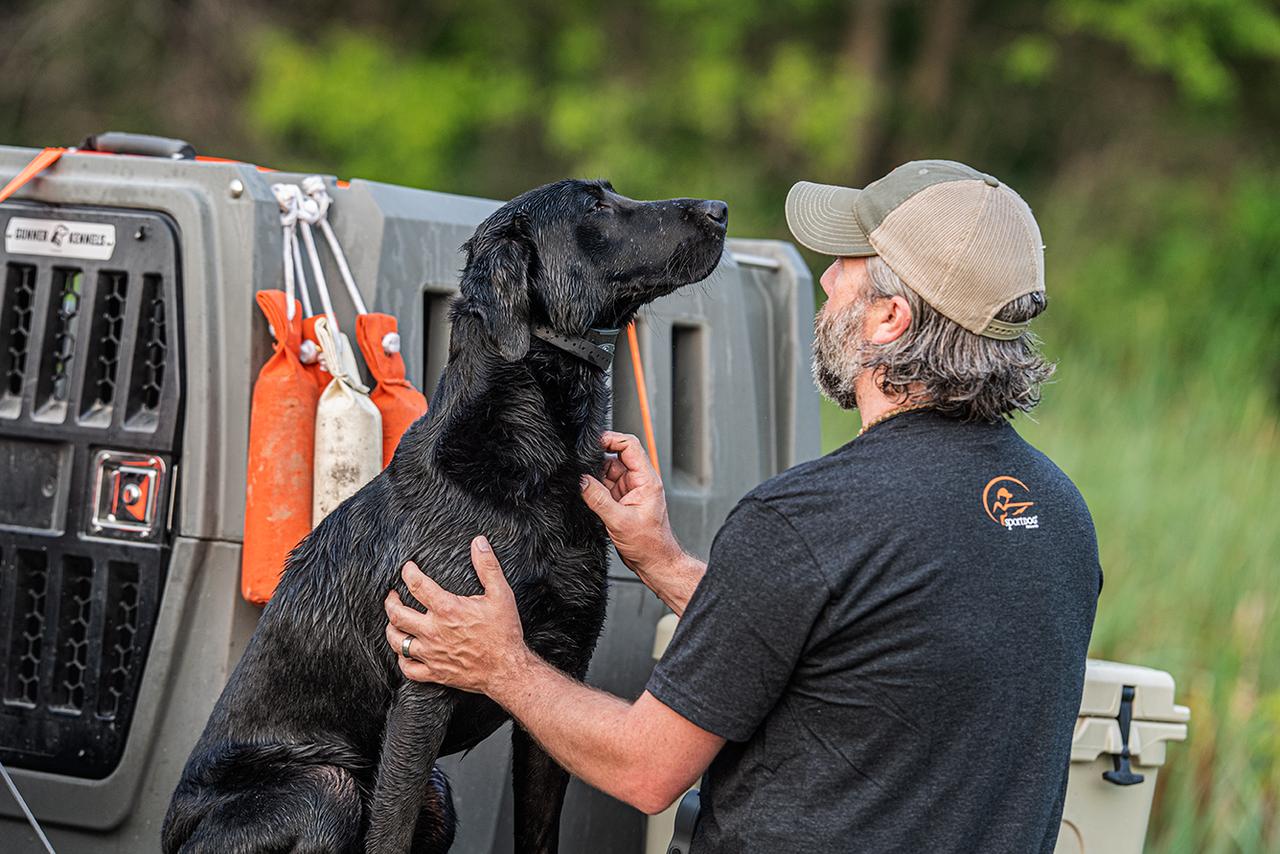
Reward-Based Training for Labs
Posted by Charlie JurneyImagine you rock up to work this week, giving it a fair go to impress the boss and make the company a ripper success. During that time you stuffed up by not returning one phone call and rocked up five minutes late on Thursday 'cause of a prang on the motorway. The rest of the week you were a top-notch employee. Come Friday arvo, you swung by payroll to grab your pay 'cause you and the fam were heading to the coast for a relaxing weekend. When you got to the payroll department, there was no pay for you. The boss left a note saying that if only you'd been on time Thursday and hadn't forgotten to ring that one client back. But, since you didn't do either, he's decided to hang onto your pay till another time. How hard are you gonna work for the boss next week?
This is an analogy I use at just about every workshop to highlight how crucial it is to reward a dog for a good performance, no matter how small. Most trainers I know focus on correcting wrong responses or negative behaviour but hardly ever thank their Labs for a job well done. This situation can quickly lead to a poor training attitude and an unhappy student. Keeping emotional balance in a Lab's life is vital for good mental health and significantly improves their attention to you as well as their eagerness to work the next day. Alright, you reckon what I've just said is true, how do you put this into your training program? There's heaps of methods so let's have a squiz.
If you asked a panel to name the top way to get a Lab to do a trick, they'd tell you straight, "Food reward". Baiting, or a food reward, has been the go-to since we began training dogs to coax a dog into doing just about any skill. Chucking a bit of dog food into the pup's kennel will have him bolt into that confined space, tail wagging like mad. With enough practice, he'll head into the kennel on his own, no worries.
The list for training a Lab to perform the behaviour you're after is never-ending, but there's a few downsides to this technique. First up, you've gotta wean your Lab off the tucker eventually and still get him to follow your commands. This can be a real challenging time for both the Lab and the trainer. Second, your doggo needs to be peckish for baiting to work best. That can restrict when you can train. If you've just given your Lab his daily feed, he might not be keen on the snack and his reactions could be all over the shop. Lastly, it's not usual, but some Labs just aren't that into bait. So, while giving treats is often our first idea for rewarding our Labs, it might not be the top option.
My old fallback to thank me Labs for a job well done is to chuck 'em a fun fetch. The thing you toss might be a training bumper, tennis ball, squeaky toy, old shoe or anything that gets 'em excited to have a run. All Labs are born with a knack for chasing, some just more than others. When we lob something for them to fetch, we're both waking up and satisfying that urge. I use this all the time during training. Every good session ends with a fun bumper or three for a top effort. Sessions that don't go as planned are done over until we reach the goal for that session, and then the fun bumper is handed out. It won't be long before your Lab works out that if he does what you're telling him, he gets the natural reward of a good chase.
With enough use, you're basically creating an addiction to fun bumpers that'll be all the pay most Labs will ever need. Used the right way, fun bumpers will keep your Lab's tail wagging for his whole life. I wish we could all be that stoked about work. The only downside to fun bumpers as a reward is that your Lab might not be too keen to chase. Like I said before, they've all got a chasing instinct, just some more than others. If yours isn't dead keen to bolt after a tennis ball, you might want to think about a food treat or another method to reward him.
If you think about how Labs are naturally rewarded by their mums, the first two methods we've talked about don't really come up. If you watch a mum with her pups, she's always rubbing them on the shoulder or ears to calm and reward them. So, as stand-in mums, it'd be smart for us to use this approach too. During obedience drills, I'll reach down and give the dog a pat on the shoulder or ear for a job well done. A little gulp from the dog lets me know I've rewarded enough and we can crack on to the next lesson. Think about how much a genuine hug from a mate or your partner means to you and I reckon you'll get why your Lab would value a reward like that. Chuck in some solid eye contact and I bet your Lab will be over the moon when you thank him. The only time this method won't be a treat for your Lab is if he's lost trust in you because of too much pressure in past sessions.
Our last thought on rewarding is pretty fresh in the training scene. It's about using noise. Not shouting or carrying on, but any sound that you give every time your Lab nails it. It can be dead simple, like a "Good dog!" in a cheerful voice. Or it might be a noise like the "click-click" from a clicker. Whenever the dog does well, you give a click along with some other reward until just the click by itself will have your Lab's tail going off. Both methods are ace. But, just like the other ways we've talked about, they've got the downside of needing the dog right by you.
Think about this example. Your Lab is running from you 300 metres away. You call or whistle and he turns around looking at you and takes a couple of steps in your direction. Wouldn't it be great to reward him right then so he'll understand that coming towards you is rewarding. Food treats, fun bumpers, patting the shoulder and clickers can't do what we need in this case. But, if you had a way to send an audible tone to your dog at that distance, he would get the reward he needs. That's what the e-collars of today with a praise tone button can do for us. All SportDOG® e-collars can not only correct improper behaviour at the lightest level redirecting his focus on you, but they can also reward your Lab at a distance with a praise tone from you when he does give a positive response. Here's the reward your Lab can receive over long distances and, most importantly, the moment he gives the correct response. Timing of correction and praise is critical in all training scenarios and no other method can deliver the reward in a more timely manner than a reliable e-collar.
So, tomorrow when you're getting ready to work with your Lab, think about what we've discussed. Correction for bad behaviour and improper responses to commands must be done. But don't forget about payday. Make sure good sessions or responses are rewarded in a timely manner so he will understand what it takes to earn the reward. Choose a reward or a combination of rewards that fit your training programme but most importantly, that will satisfy your Lab. Good Training!
Always check your local and state regulations related to dog training and the use of game birds on private and public property.
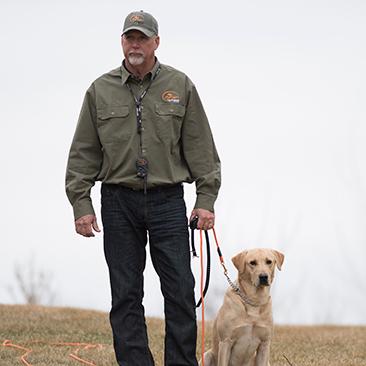
Charlie Jurney
Piedmont, NC
Charlie Jurney has been training performance and hunting dogs for more than 30 years. During that time he's produced hundreds of titled dogs including Grand Hunting Retriever Champions, Hunting Retriever Champions, Master Hunters, Grand Master Hunting Retriever Champions, and Master Hunting Retrievers. His writings have been featured in The...
Related Products
Related Articles
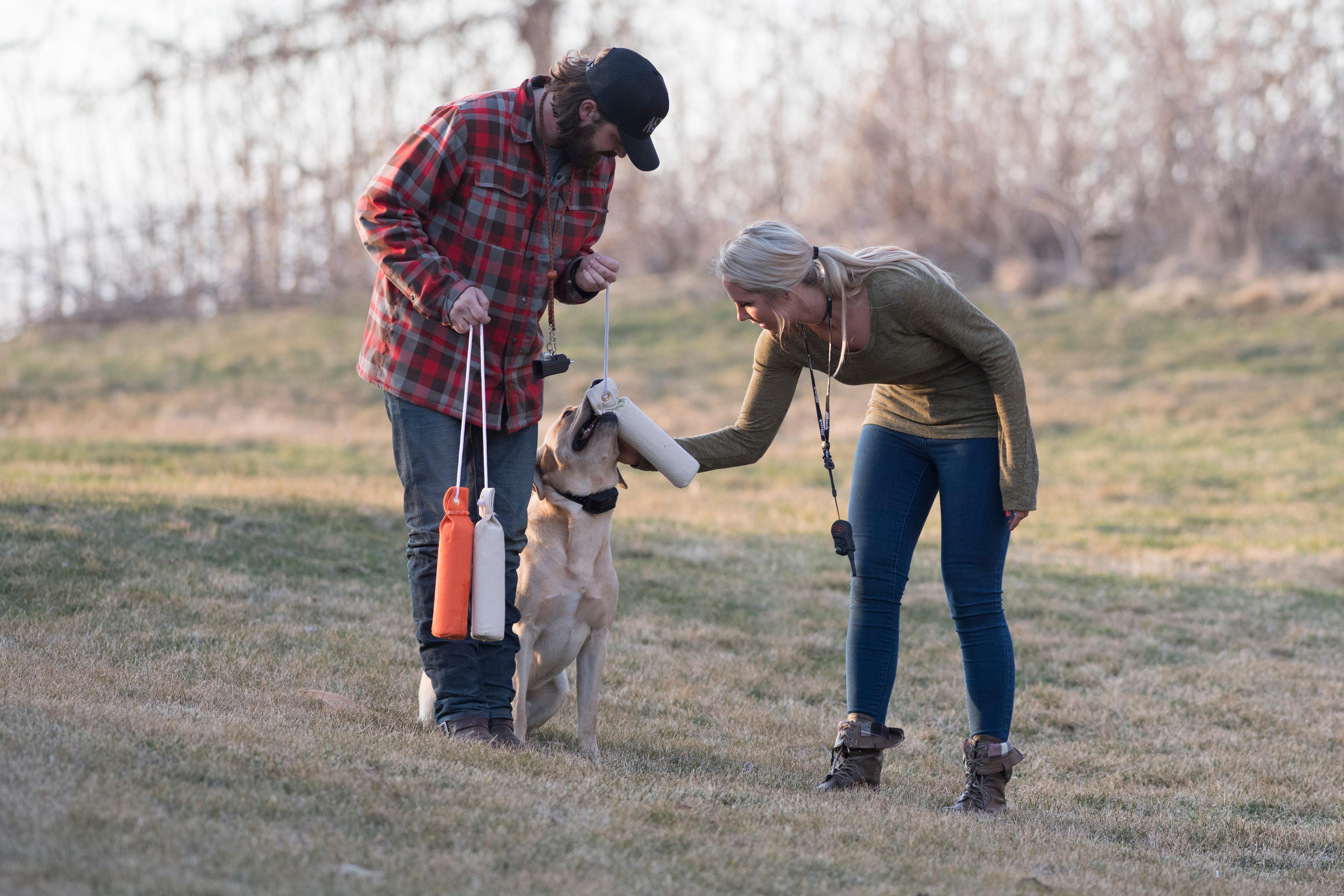
Keeping the Fun in Retriever Training
by Charlie Jurney
Wouldn’t it be nice in the middle of a rough day if someone stopped by and said a few words that made all your worries disappear? Straight away your negative feelings would vanish and you’d be happy. Well, in retriever training, there’s something that can have that effect on...
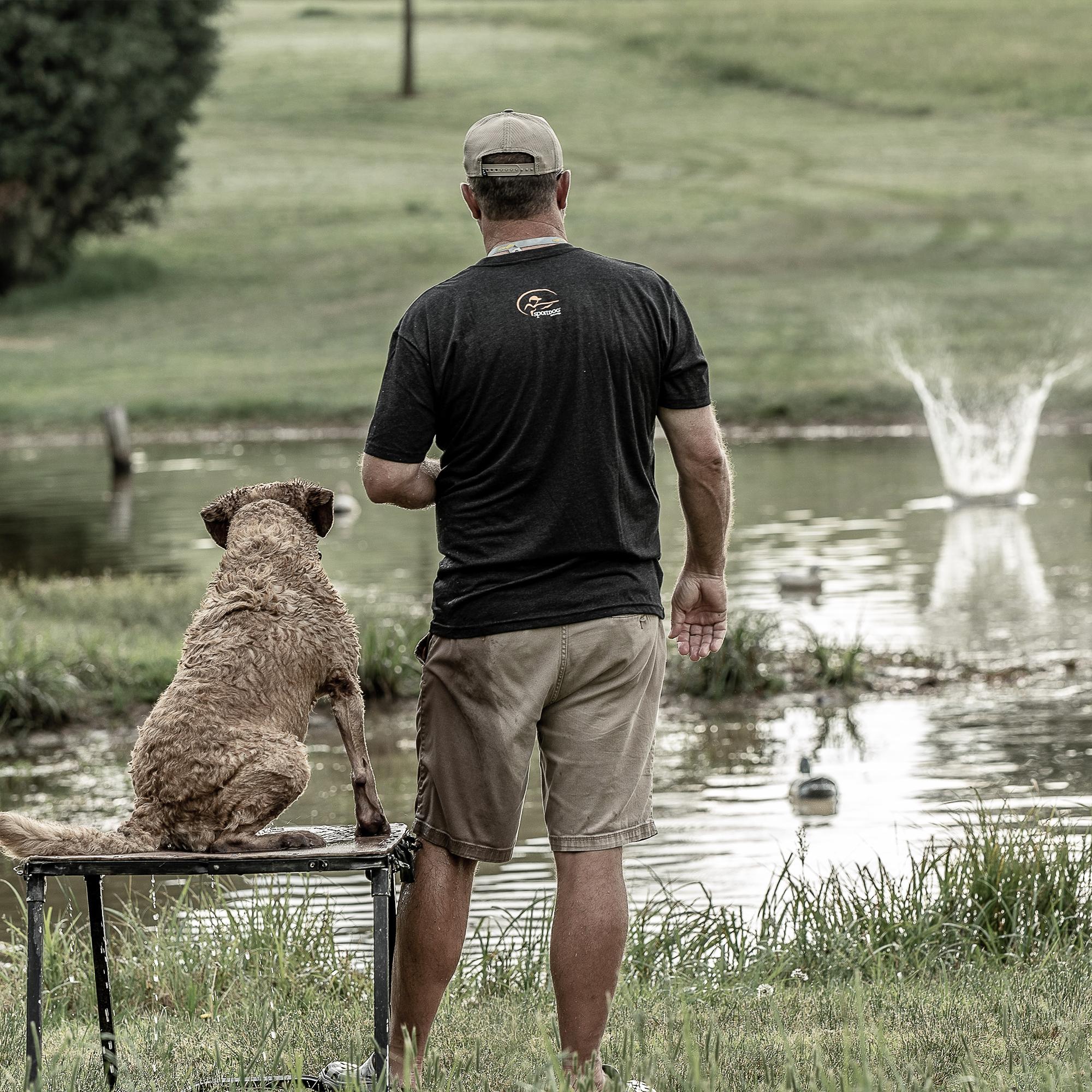
Building a Reliable Retriever
by Tom Dokken
A retriever that stays calm in a duck hide and focuses on watching birds drop is a joy to hunt with. In a perfect world, that's how all retrievers would carry on. While a steady retriever is something that most hunters want, the reality is that very few retrievers are truly...
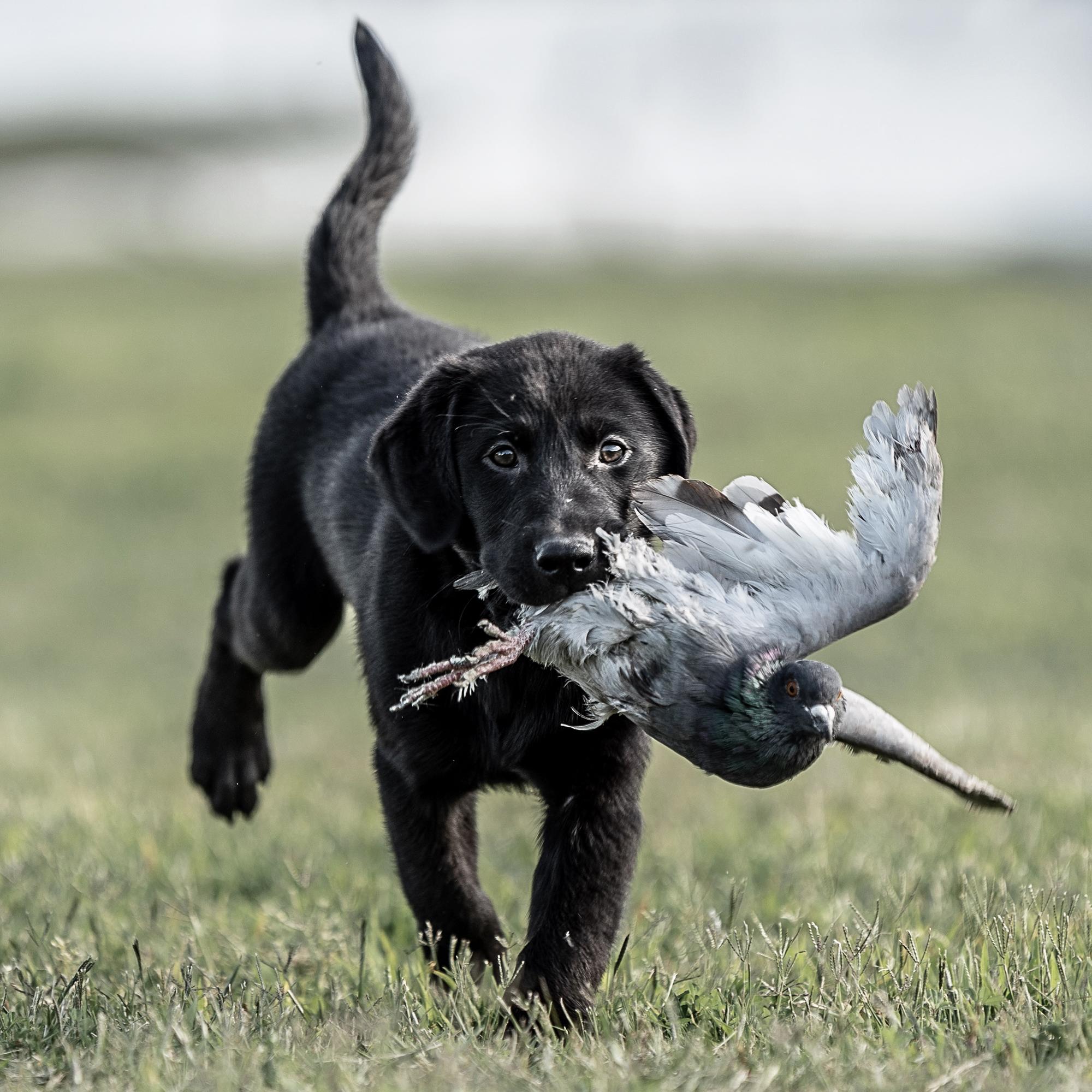
Make Your Upland Retriever Mad for Feathers
by Tom Dokken
There's nothing better than a hard-charging flushing dog that's absolutely crazy for birds. But how do you make sure your young retriever will turn out like that? Here are the steps I use. You can introduce your retriever to feathers when he is very young, say up to 12 weeks....
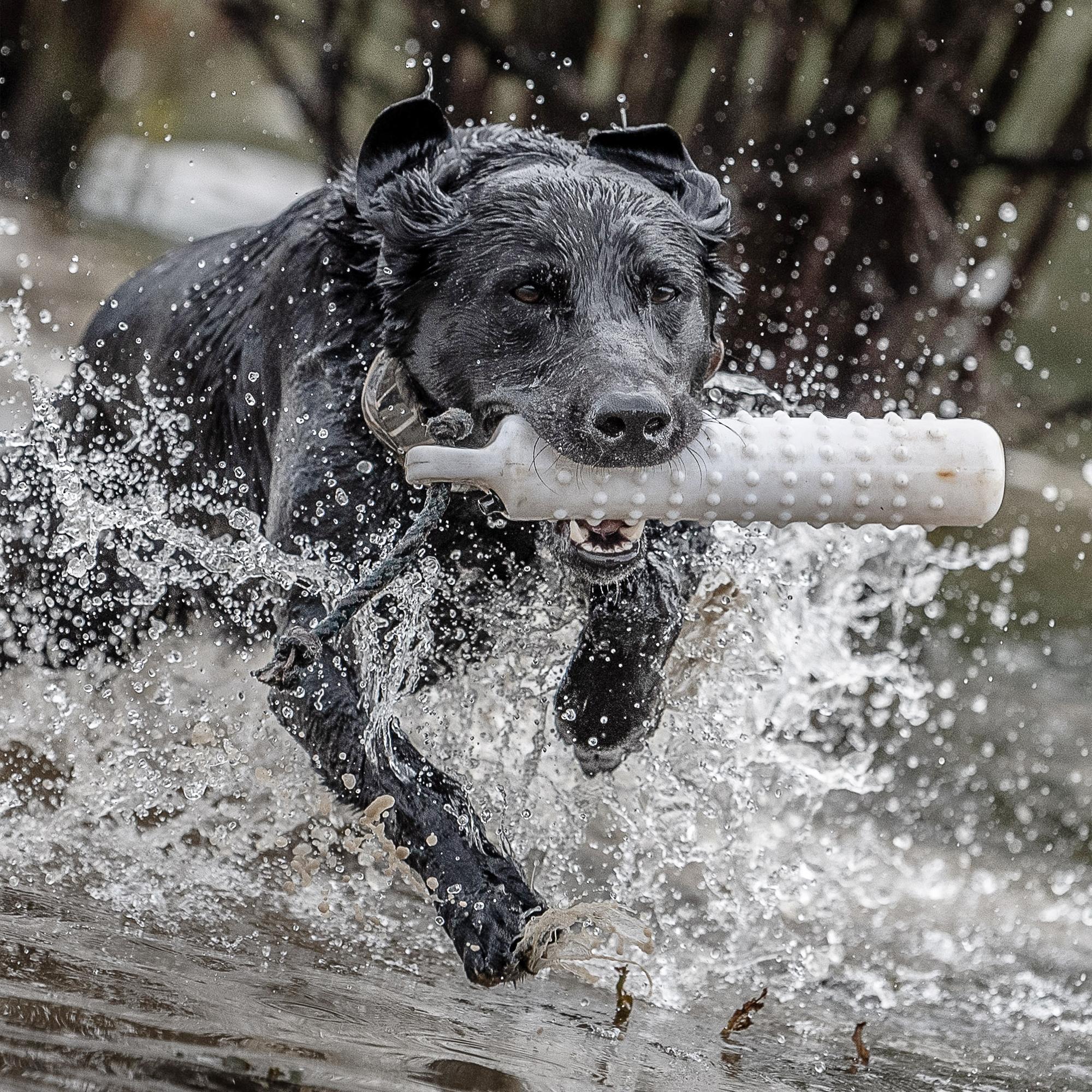
Retriever Training: The Transition to Water
by Tom Dokken
Retrievers love water, so you wouldn't reckon that transitioning from land retrieves to water retrieves would be hard. It isn't, as long as you follow a few simple guidelines. The key to a smooth introduction and continued improvement on water retrieves is to work in baby steps, just like you did...
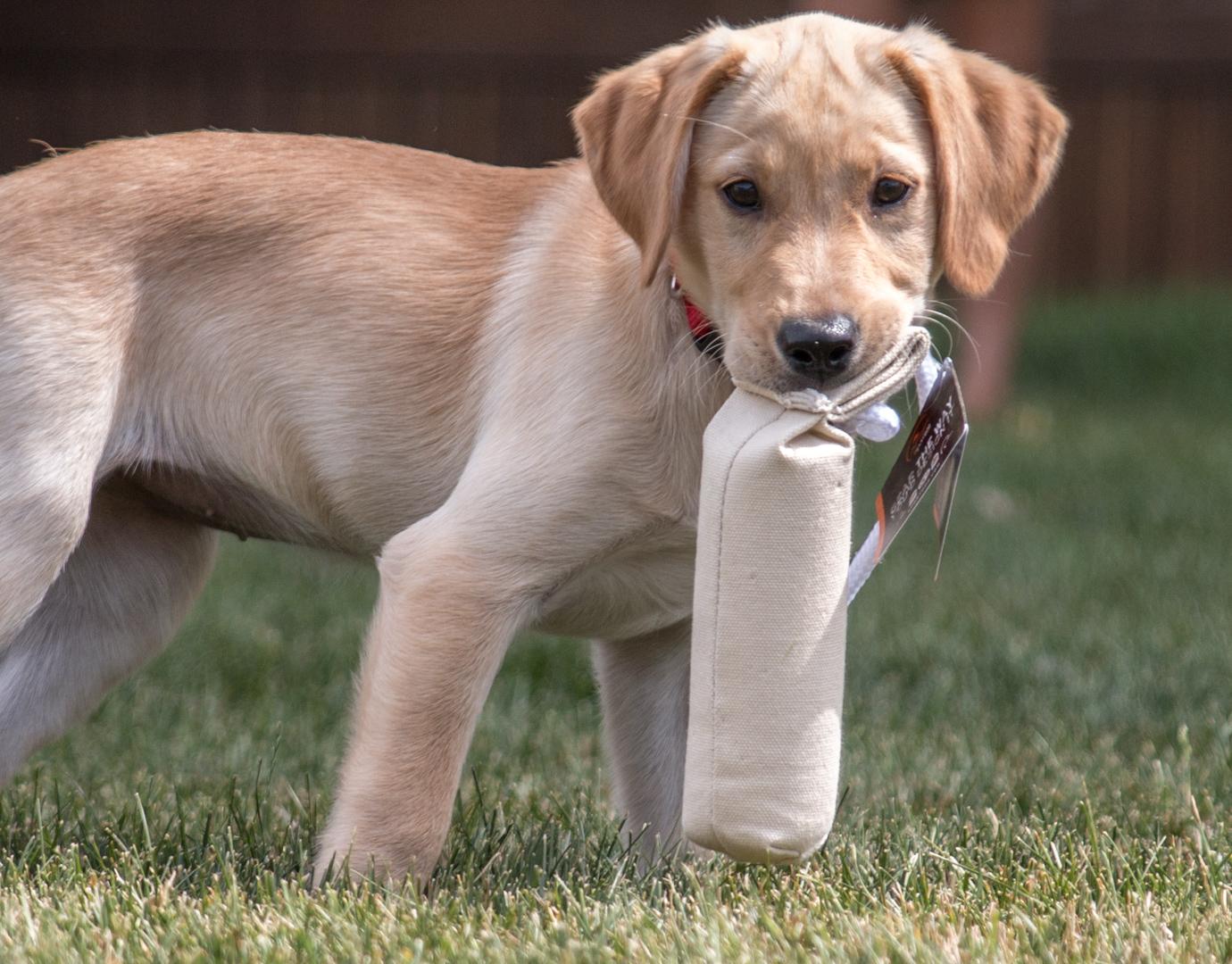
Training Your Retriever with Dummies
by The SportDOG Staff
Training a retriever can be one of the most rewarding experiences any hunter can have. There are no secrets involved: just patience, repetition, perseverance, consistency and the ability to anticipate reaction. In short, the trainer needs to be just a little smarter than his pupil. This is not always as...


